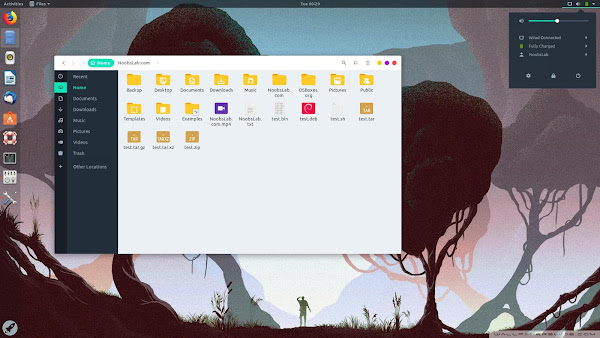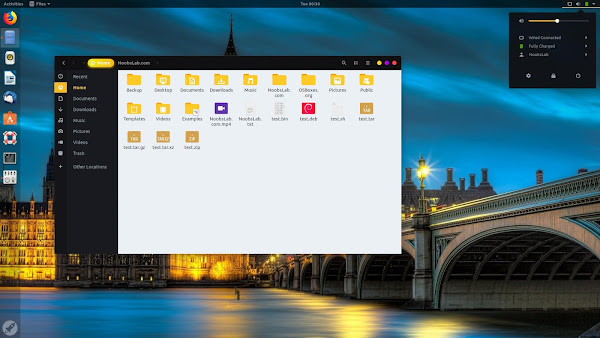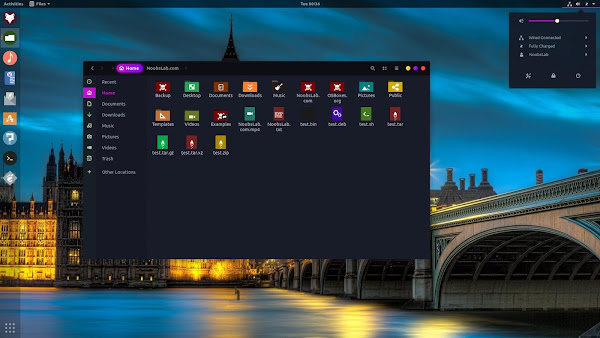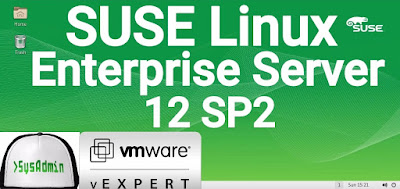 |
| Univention Corporate Server (UCS) 4.2 Installation on VMware Workstation |
This video tutorial shows
Univention Corporate Server (UCS) 4.2 Installation and Review
on VMware Workstation/Player step by step. This tutorial is also helpful to install Univention Corporate Server 4.2 on physical computer or bare-metal server hardware. We also install
VMware Tools
(Open VM Tools) on UCS 4.2 for better performance and usability features.
Univention Corporate Server (UCS) 4.2 Installation Steps:
- Download Univention Corporate Server (UCS) 4.2 ISO
- Create Virtual Machine on VMware Workstation/Player
- Start Univention Corporate Server Installation
- Install VMware Tools (Open VM Tools)
- Univention Corporate Server (UCS) 4.2 Review
Installing Univention Corporate Server (UCS) 4.2 on VMware Workstation
Univention Corporate Server (UCS) 4.2 New Features and Improvements
Univention Corporate Server (UCS)
is a Debian-based Linux distribution for enterprise server environments. UCS 4.2 shifts the distribution’s base from Debian 7 to Debian 8 which also transitions UCS from using SysV init to the systemd init software. The entire Debian distribution will no longer be rebuilt. This allows security updates to be released even faster, and binary compatibility is increased. This change also involves the switch of the default start-up system to systemd. However, all previous init scripts are still started, so that the apps can be migrated successively. A configurable web portal provides an overview of the services installed in the domain. If there is more than one UCS system in the domain, an overview of servers is displayed.
Univention Corporate Server Website:
- With Univention Corporate Server 4.2, the second minor release of Univention Corporate Server (UCS) is now available. It provides several substantial feature improvements and extensions, new properties as well as various improvements and bugfixes. An overview of the most important changes:
- UCS 4.2 is based on Debian GNU/Linux 8 (Jessie). More than 16,000 source packages have been updated and adapted to the needs of UCS administrators. Selected core components, e.g. Linux Kernel (4.9), Docker (1.12) or QEMU (2.8) are more recent in UCS compared to Debian GNU/Linux 8.
- From UCS 4.2, the management system offers a central portal for quick access to all applications in the environment, as well as the management of the various UCS instances. This allows users to access their applications more easily. The portal is configurable and can be adapted to individual needs.
- The design and user experience have been improved further with UCS 4.2. For example, the password self service provides a simplified usage. The management system now uses SAML (Web Single Sign-On) by default, provided that the prerequisites, such as working name resolution, are given.
- Samba has been updated to version 4.6.1. This includes various improvements in the areas of DRS replication, Active Directory compatibility, file services and printer handling, among other things. In addition, the performance has been improved in environments with many users.
Hope you found this Univention Corporate Server (UCS) 4.2 Installation and Review tutorial helpful and informative. Please consider sharing it. Your feedback and questions are welcome!










